In my first year, if you had asked me what I was teaching next week, I would have said things like:
- fraction addition.
- transitive Verbs
- wind power.
But now I realize that I wasn’t describing lessons. They were merely topics. And topics by themselves aren’t enough. When I only planned around a topic, I’d always end up with low-level lessons. And that’s because I wasn’t planning for how students would think. So things just sorta defaulted to the bottom of Bloom’s.
A Topic Is A Raw Ingredient
The topic is what students will be thinking about. It’s like the raw materials of a lesson. If you’re a chef, it’s your main ingredient. It’s your chicken, salmon, or eggplant. But the main ingredient isn’t a meal! It really, really matters what the chef does with the main ingredient. Bake it, fry it, boil it? These are all very different.
Likewise, it’s really, really important to plan how students will think about the topic. And Rookie Ian had no plan for how students would think. I just had raw topics.
But my mentor whipped me into shape! The key piece I was missing was the thinking skill. This is how I’d want my students to think about the topic. And you can use good ol’ Bloom’s Taxonomy to plan your thinking skills.
The key is to move through Bloom’s within a lesson. Students should Remember/Understand, but they should also be asked to Analyze, then Evaluate and maybe even Synthesize. A lessons should climb up various thinking skills.
See The Difference A Thinking Skill Makes
Compare my “We’re studying wind power!” response to this plan to climb the various levels of thinking.
- Students will compare and contrast the pros and cons of wind power with solar power.
- Students will find patterns in cities that have successfully implemented wind power.
- Students will decide which form of power would be best for Madagascar, Japan, and Norway.
- (Now, it’s easy to add another step, right?) Students could create an advertisement or a speech or make a commercial arguing their point.
See the massive change in expectations? It becomes really clear what students’ brains should be doing. And, because we have a sequence of tasks that climb up Bloom’s, there’s room for “early finishers” to continue learning (not ask, “What do I do next?”).
Fraction Addition
In math, I was always stuck at “calculate.” My most advanced thinkers just solved endless practice problems. Here’s how you might plan to go beyond calculating in math.
- Students will calculate the solution to ten fraction addition problems.
- They will group those problems in to 2-4 categories using criteria of their choosing.
- They’ll name each group based on their criteria.
- They’ll write a conversation between the different groups of fractions. The fraction groups will discuss their similarities and differences.
- This conversation will become a skit, comic, stop motion film, etc.
Notice how students are thinking about fractions in many different ways. Sure, they do the plain ol’ calculating. But we don’t stop there. Thinking skills should climb up throughout a lesson. Not everyone will reach the top. Most won’t! But that’s how we differentiate. We plan for different students to do different things.
Now, those objectives are not complete! I still need to plan for resources and students’ products. I wrote more about creating a complete lesson objective here.
